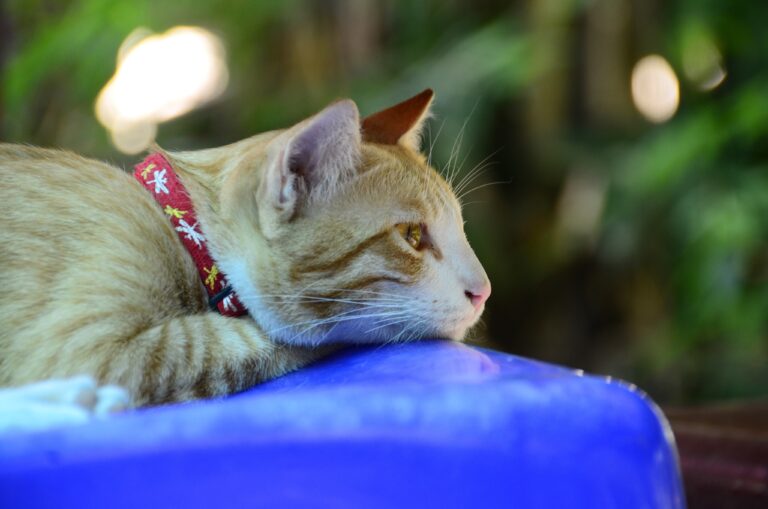Cats are obligate carnivores, but anyone who’s lived with a feline knows they occasionally enjoy nibbling on greens. One of the safest and healthiest ways to indulge this natural behavior is by growing cat grass at home. Offering fresh greens like cat grass not only satisfies your cat’s instinct but also supports digestion, helps with hairball control, and provides mental stimulation.
Learning how to safely grow cat grass indoors is simple, budget-friendly, and a great addition to your cat’s overall diet and environment. Let’s explore what cat grass is, its benefits, and step-by-step guidance for growing and maintaining it.
Table of Contents
What is Cat Grass?
Cat grass isn’t a specific species but rather a general term for various types of edible grasses safe for cats to consume. Common types of cat grass include:
- Wheatgrass (Triticum aestivum)
- Oat grass (Avena sativa)
- Barley grass (Hordeum vulgare)
- Rye grass (Lolium perenne)
These grasses are packed with essential nutrients like chlorophyll, fiber, vitamins, and minerals, making them a beneficial supplement to your cat’s diet.
Benefits of Cat Grass
While cats are primarily meat-eaters, incorporating fresh greens like cat grass offers multiple benefits:
- Aids Digestion:
Cat grass contains fiber that helps move hair and undigested food through the digestive tract, reducing the likelihood of hairballs. - Natural Instinct Satisfaction:
In the wild, cats may chew on plants to help cleanse their digestive system or add roughage. Growing cat grass allows indoor cats to express this instinct safely. - Prevents Dangerous Plant Chewing:
Cats may be tempted to chew on household plants, some of which can be toxic. Providing cat grass gives them a safe alternative, reducing the risk of accidental poisoning. - Nutritional Boost:
While not a primary food source, cat grass offers trace vitamins and minerals, including folic acid, which supports healthy cell function.
How to Grow Cat Grass Safely
Growing cat grass at home is straightforward, even if you’re new to gardening. Here’s a step-by-step guide:
Choose the Right Seeds
Purchase seeds labeled specifically as cat grass. You can often find a mix of wheat, oat, rye, or barley grass seeds at pet stores or online. Ensure they are organic and untreated, free from pesticides or chemicals.
Select a Suitable Container
Pick a shallow, wide container with drainage holes. This allows for proper airflow and prevents root rot. Ceramic, plastic, or biodegradable pots all work well.
Use Safe, Nutrient-Rich Soil
Choose a high-quality, organic potting soil free of fertilizers, pesticides, or chemical additives. Avoid garden soil, as it may contain harmful substances or pests.
Plant the Seeds
Fill the container with soil, leaving about an inch at the top. Evenly sprinkle the seeds over the surface and cover them with a thin layer of soil—about ¼ inch.
Water Lightly
Moisten the soil gently using a spray bottle or light watering can. Avoid over-watering, as soggy soil can cause mold and seed rot. Keep the soil consistently moist but not soaked.
6. Provide Proper Light and Temperature
Place the container in a bright, indirect light location, such as near a window. Ideal temperatures range between 65-75°F (18-24°C). Direct sunlight may cause the soil to dry out too quickly.
Caring for Your Cat Grass
- Sprouting Time: Cat grass typically germinates within 3-7 days and is ready for your cat to munch on after about 10-14 days, when the blades reach 3-4 inches tall.
- Watering: Continue to water lightly every couple of days to keep the soil moist.
- Trimming: Trim the grass occasionally to prevent it from becoming too tall or coarse.
- Lifespan: Cat grass usually lasts about 2-3 weeks before becoming overgrown or losing its appeal. At this point, you can replant a fresh batch.
Tips for Introducing Cat Grass to Your Cat
- Place It in an Accessible Spot: Keep the container at your cat’s level, where they can explore and nibble comfortably.
- Monitor Consumption: Some cats may gorge on cat grass. If they vomit after eating, limit their access by offering smaller amounts or trimming the grass shorter.
- Supervise Initial Interaction: Observe how your cat interacts with the grass to ensure they don’t try to dig in the soil or knock over the pot.
Precautions to Keep in Mind
- Always use untreated, pesticide-free seeds and soil.
- Avoid adding fertilizers or chemical additives.
- Replace old cat grass regularly to ensure freshness and prevent mold growth.
- Do not substitute cat grass for essential nutrients—keep it as a supplement, not a meal replacement.
In Conclusion

Growing cat grass at home is a simple yet rewarding way to support your feline’s digestive health, natural instincts, and mental stimulation. By following safe growing practices and offering fresh greens regularly, you’ll give your cat a healthy, enjoyable addition to their daily routine.
Not only does cat grass provide physical benefits, but it also creates an enriching environment that keeps indoor cats happy and engaged year-round.







